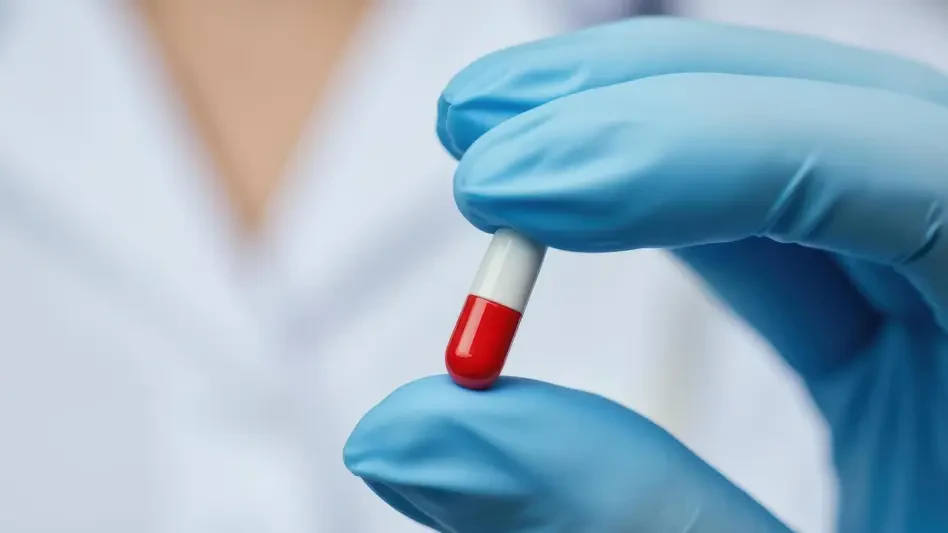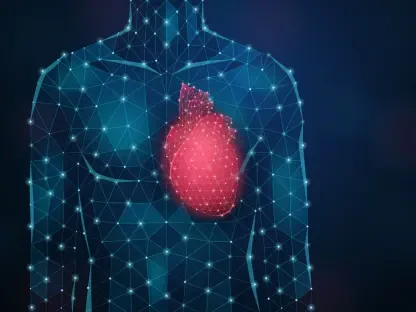Today, we’re diving into the groundbreaking world of mitochondrial disease treatments with Faisal Zain, a renowned healthcare expert specializing in medical technology. With his extensive experience in the development and manufacturing of cutting-edge medical devices, Faisal offers a unique perspective on innovation in the field of ultra-rare conditions. In this interview, we’ll explore the recent FDA approval of a pioneering drug for thymidine kinase 2 deficiency (TK2d), a devastating mitochondrial disorder. Our conversation touches on the science behind this condition, the impact of this new therapy, the challenges faced during its development, and the broader implications for patients and families affected by ultra-rare diseases.
Can you start by explaining what thymidine kinase 2 deficiency, or TK2d, is and why it’s considered such a serious condition?
TK2d is a rare genetic disorder caused by a deficiency in the thymidine kinase 2 enzyme, which plays a critical role in producing and maintaining mitochondrial DNA. Mitochondria are essentially the powerhouses of our cells, and when their DNA is compromised, it leads to severe energy deficits. This manifests as progressive muscle weakness, impacting a person’s ability to move, swallow, or even breathe. Respiratory failure is often the most life-threatening aspect, making TK2d a fatal condition for many. It’s heartbreaking because it often affects children, and until recently, there’s been no targeted treatment to address the root cause.
How does this deficiency specifically disrupt mitochondrial function in the body?
The thymidine kinase 2 enzyme is vital for synthesizing building blocks of mitochondrial DNA. Without it, the mitochondria can’t replicate or repair their DNA properly, leading to a depletion of functional mitochondria over time. This energy shortage hits high-demand tissues like skeletal muscles and the respiratory system the hardest, which is why patients experience such profound weakness and breathing difficulties. It’s a cascading effect—less mitochondrial DNA means less energy production, and the body just can’t keep up.
What are some of the most common symptoms that patients with TK2d experience?
The hallmark symptom is muscle weakness, particularly in the arms and legs, which can make even basic movements incredibly challenging. Over time, this weakness extends to other functions like swallowing, which poses risks of malnutrition or aspiration. Breathing issues are also prevalent, as the muscles that support respiration weaken, often leading to the need for ventilatory support. It’s a progressive condition, so these symptoms tend to worsen, severely impacting quality of life.
Why is respiratory failure often the biggest risk for those diagnosed with TK2d?
Respiratory failure is so critical in TK2d because the diaphragm and other muscles involved in breathing are directly affected by the mitochondrial dysfunction. As these muscles weaken, patients struggle to take in enough oxygen or expel carbon dioxide effectively. This can lead to chronic respiratory distress, infections like pneumonia, or sudden failure, which is why it’s often the leading cause of death in these patients. It’s a stark reminder of how interconnected our body systems are when energy production fails at a cellular level.
What makes the newly approved drug Kygevvi such a groundbreaking treatment for TK2d?
Kygevvi represents a historic milestone as the first FDA-approved therapy specifically for TK2d. Before this, patients relied solely on supportive measures with no way to target the underlying issue. Kygevvi works by providing essential components to help restore mitochondrial DNA synthesis in skeletal muscles, offering a chance to slow disease progression. Its approval is a beacon of hope for an ultra-rare condition that has long been overlooked, and it paves the way for more research into mitochondrial therapies.
How exactly does Kygevvi help patients with this condition at a cellular level?
Kygevvi is formulated with two key molecules, doxecitine and doxribtimine, which are pyrimidine nucleosides. These are building blocks that the body normally uses to create mitochondrial DNA. In TK2d patients, the deficiency in the enzyme prevents this process, so Kygevvi steps in by delivering these molecules directly, allowing them to be incorporated into the mitochondrial DNA of skeletal muscles. It’s not a cure, but it can help stabilize or improve muscle function by addressing that core deficit.
Why is it significant that this is the first FDA-approved therapy for TK2d?
The significance can’t be overstated. For decades, the TK2d community—patients, families, and clinicians—had no targeted treatment to turn to. This approval not only validates years of research but also brings a tangible option to those affected, potentially extending lives and improving daily function. It’s also a signal to the pharmaceutical industry that ultra-rare diseases are worth investing in, which could spur more innovation for other neglected conditions.
Before Kygevvi, how were patients with TK2d typically managed?
Management was entirely focused on supportive care, which meant addressing symptoms as they arose rather than treating the disease itself. This could include physical therapy to maintain muscle strength as long as possible, nutritional support for swallowing difficulties, and ventilatory assistance for breathing issues. It was a patchwork approach, often involving a team of specialists, but it couldn’t stop the disease from progressing. For families, it was a constant battle with no real hope of altering the course.
How did the lack of a specific treatment impact patients and their families emotionally and practically?
The absence of a targeted therapy left patients and families in a very tough spot. Emotionally, there’s the weight of knowing the condition is progressive and often fatal, with no way to fight back directly. Practically, it meant frequent hospital visits, managing complex care routines, and dealing with the financial and logistical burdens of long-term supportive care. It’s an isolating experience, especially for an ultra-rare disease where community support or awareness might be limited.
Can you walk us through the journey of Kygevvi reaching FDA approval?
The road to approval for Kygevvi was a long one, involving years of research and strategic moves. The drug was originally developed by a smaller rare disease company before being acquired through a significant $1.9 billion deal in 2022. Post-acquisition, the focus shifted to compiling robust data for the FDA, including a pivotal Phase 2 study of patients with early-onset symptoms, alongside retrospective patient record reviews and expanded access programs. The data showed a clear survival benefit, which was critical in securing approval and marking a turning point for TK2d treatment.
What were the key findings from the clinical trials that supported this approval?
The clinical trials were really compelling, especially when it came to survival outcomes. When comparing treated patients to an untreated control group, the data showed significantly fewer deaths in the Kygevvi group—only three versus 28 in the control. Over a 10-year period, average survival was nearly four years longer for those on the drug. These numbers underscore the potential of Kygevvi to change the trajectory for patients, offering not just more time but hopefully better quality of life during that time.
What challenges or side effects were observed during the testing of Kygevvi?
As with any new therapy, there were challenges in balancing efficacy with safety. The most commonly reported side effects included gastrointestinal issues like diarrhea, abdominal pain, and vomiting, which can be tough for patients already dealing with weakness. There were also concerns about elevated liver enzymes, which could indicate potential toxicity. Clinicians are advised to take baseline liver function tests before starting treatment and to monitor these levels yearly to catch any issues early. It’s a reminder that while the drug is transformative, it requires careful oversight.
How rare is TK2d, and what makes it likely to be underdiagnosed?
TK2d is incredibly rare, with only about 120 cases documented in medical literature. That number likely underrepresents the true prevalence because the condition can be hard to diagnose. Symptoms like muscle weakness can mimic other disorders, and genetic testing isn’t always accessible or prioritized, especially in regions with limited resources. Plus, awareness among healthcare providers is still growing, so many cases might go unrecognized or be misattributed to other causes.
What is your forecast for the future of treatments for ultra-rare mitochondrial disorders like TK2d?
I’m cautiously optimistic about the future. The approval of Kygevvi is a proof of concept that we can develop effective therapies for ultra-rare conditions, even with small patient populations. Advances in genetic research and personalized medicine are accelerating our understanding of mitochondrial disorders, which could lead to more targeted treatments. I also think we’ll see greater collaboration between industry, academia, and patient advocacy groups to tackle these challenges. The biggest hurdles will be funding and ensuring equitable access, but the momentum is there, and I believe we’re on the cusp of more breakthroughs in this space.









